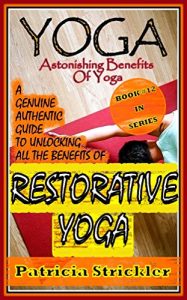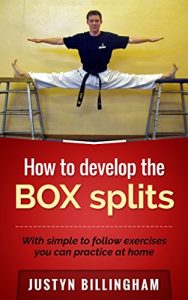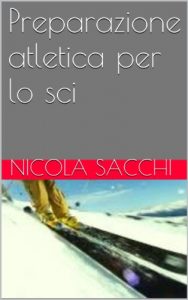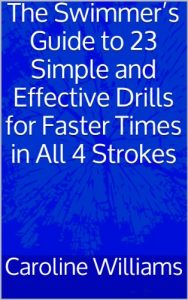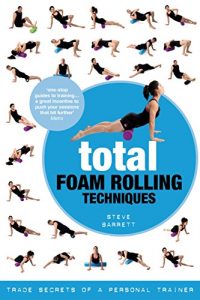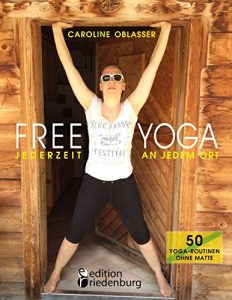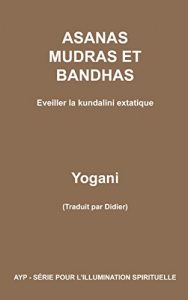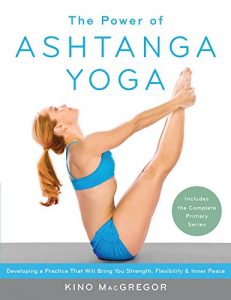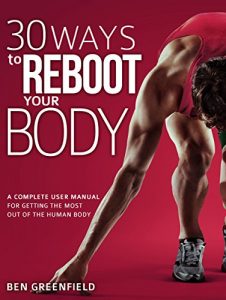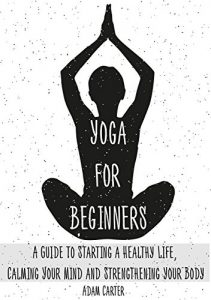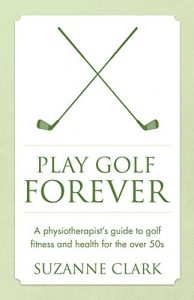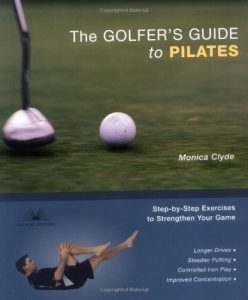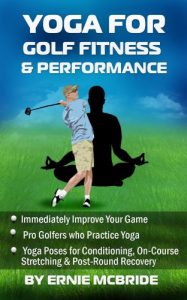I 99eBooks è una directory di eBook. Cerchiamo e classificato intorno alle eBooks Web per te!
Tutti i diritti riservati. I libri e libri elettronici sono di proprietà dei rispettivi proprietari.
Yoga Astonishing Benefits Of Restorative Yoga: A Genuine Authentic Guide to Unlocking all the Benefits of Yoga (How to Easily and Quickly Save your Life Book 12) (English Edition)
Book 12 in series
Restorative yoga literally refers to the practice in which you acquire the ability to restore your strength, health, or well-being. It centers your body and breath with gentle movements or stillness held for longer periods as a way to align you mentally and physically. Postures are held for longer periods with the aid of props. The practice is way different from Bikram yoga even when the postures are held on for minutes. It does not use burning postures such as a warrior stance or horse poses that put your legs on fire. It is more like stretch holding while a strap on the foot helps you to maintain that stretch. Although it feels more relaxing and calming, but it is not an easy practice.
Almost all modern yoga practices are in active mode where flexibility and strength are equally increased as heat is built when you move from one posture to another. The general practice of yoga veers more to the acrobatic and athletic styles.
This makes restorative yoga a far different practice of yoga. The use of passive stretching slows down but opens up the body. An hour of restorative class could give you a few poses which hardly makes you move.
The muscles deeply relax as you hold on to the poses. The difference of restorative yoga from other practices is the use of props to provide the support to the body and not the muscles. The practice is a good stress buster because it is a mellower version that could perfectly complement other active practices.
Postures are held longer in restorative yoga when props are extensively used as support for the body. Unnecessary straining is avoided with the adapted seated or lying down postures aided by props such as blankets, blocks, and bolsters.
The use of props as the way to achieve relaxation emotionally, physically, and mentally is what restorative yoga is all about. Maintaining balance to the body as well as relaxing and stimulating it is easier achieved when props are used. The entire body benefits from some postures in restorative yoga even when it specifically targets some parts such as the lungs and heart.
Our minds tend to move fast when our lives are fast-paced. Over stimulation can happen when we choose a faster paced strong yoga practice which can cause stress to our nervous system. This makes us feel overwhelmed as our minds race, leaving us tired and stressed out. The end result is a frequently sick body.
The fast-paced lifestyle can be balanced by restorative yoga which has the capability to restore back to health stressed-out minds and bodies. It is a known fact that many diseases are the end product of stress.
For those who are on the way to recovery from injuries, acutely ill or chronically ill, restorative yoga is the answer to gain back health to the mind and body.
Restorative yoga literally refers to the practice in which you acquire the ability to restore your strength, health, or well-being. It centers your body and breath with gentle movements or stillness held for longer periods as a way to align you mentally and physically. Postures are held for longer periods with the aid of props. The practice is way different from Bikram yoga even when the postures are held on for minutes. It does not use burning postures such as a warrior stance or horse poses that put your legs on fire. It is more like stretch holding while a strap on the foot helps you to maintain that stretch. Although it feels more relaxing and calming, but it is not an easy practice.
Almost all modern yoga practices are in active mode where flexibility and strength are equally increased as heat is built when you move from one posture to another. The general practice of yoga veers more to the acrobatic and athletic styles.
This makes restorative yoga a far different practice of yoga. The use of passive stretching slows down but opens up the body. An hour of restorative class could give you a few poses which hardly makes you move.
The muscles deeply relax as you hold on to the poses. The difference of restorative yoga from other practices is the use of props to provide the support to the body and not the muscles. The practice is a good stress buster because it is a mellower version that could perfectly complement other active practices.
Postures are held longer in restorative yoga when props are extensively used as support for the body. Unnecessary straining is avoided with the adapted seated or lying down postures aided by props such as blankets, blocks, and bolsters.
The use of props as the way to achieve relaxation emotionally, physically, and mentally is what restorative yoga is all about. Maintaining balance to the body as well as relaxing and stimulating it is easier achieved when props are used. The entire body benefits from some postures in restorative yoga even when it specifically targets some parts such as the lungs and heart.
Our minds tend to move fast when our lives are fast-paced. Over stimulation can happen when we choose a faster paced strong yoga practice which can cause stress to our nervous system. This makes us feel overwhelmed as our minds race, leaving us tired and stressed out. The end result is a frequently sick body.
The fast-paced lifestyle can be balanced by restorative yoga which has the capability to restore back to health stressed-out minds and bodies. It is a known fact that many diseases are the end product of stress.
For those who are on the way to recovery from injuries, acutely ill or chronically ill, restorative yoga is the answer to gain back health to the mind and body.
